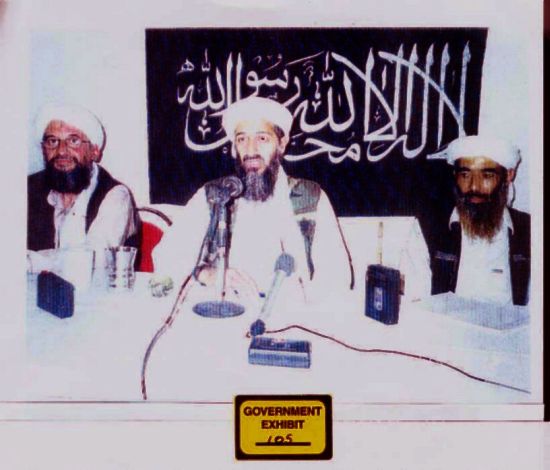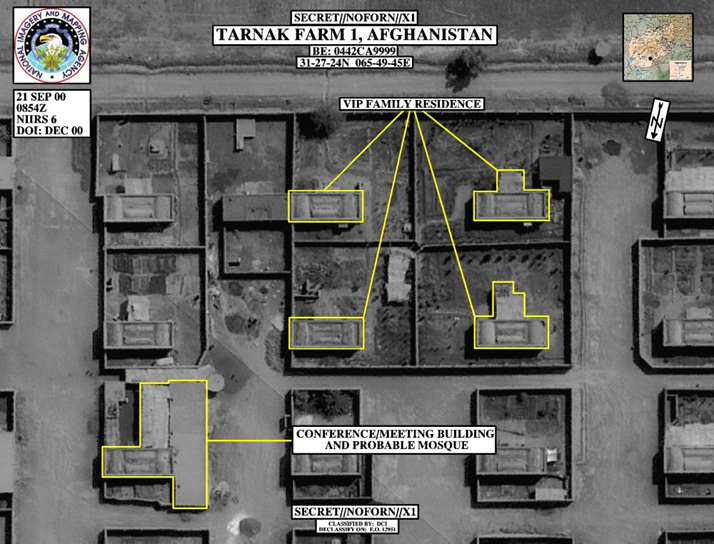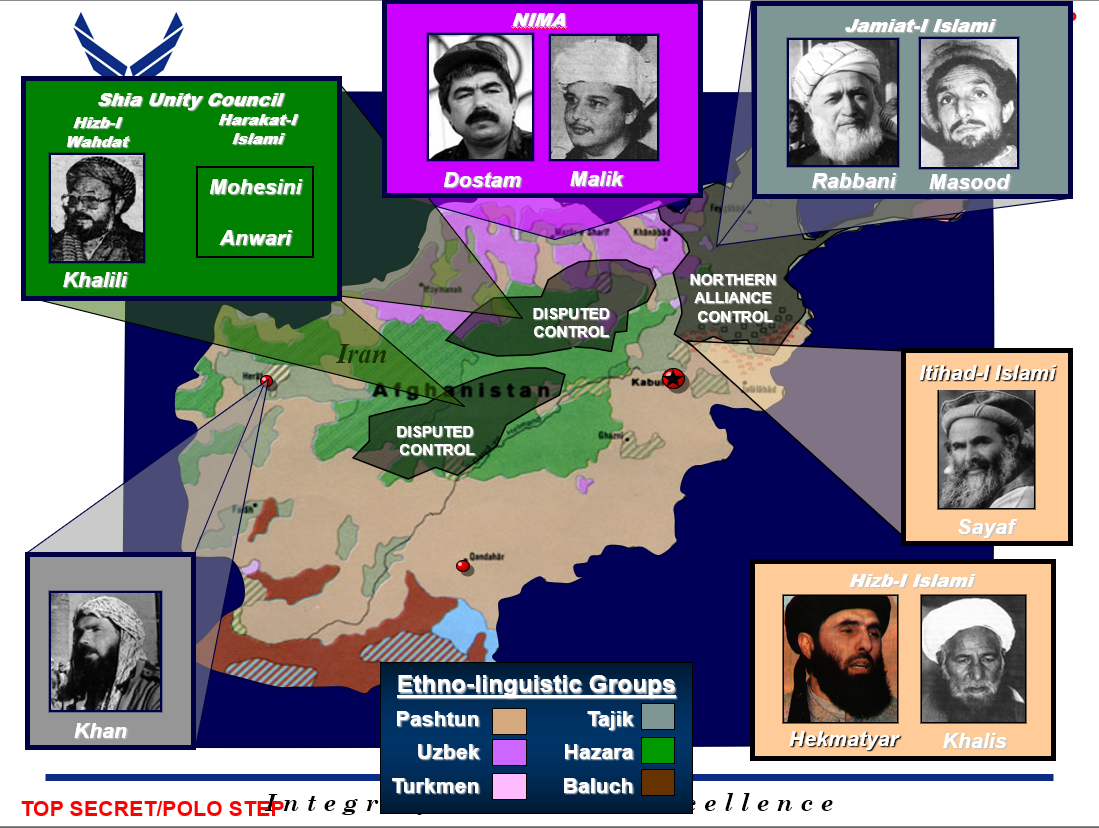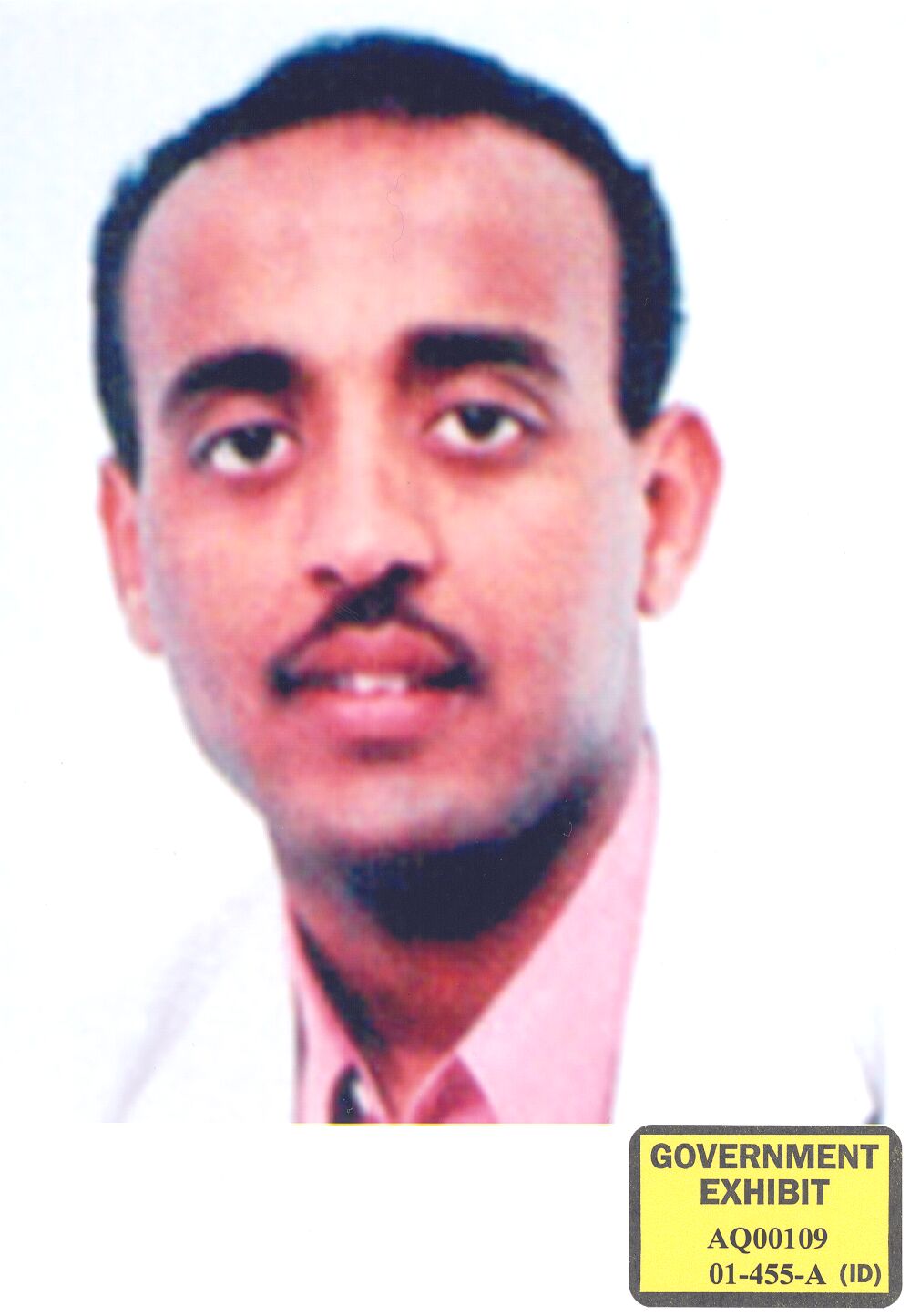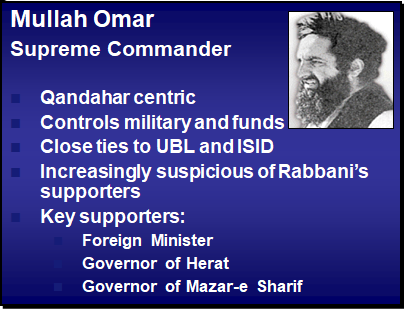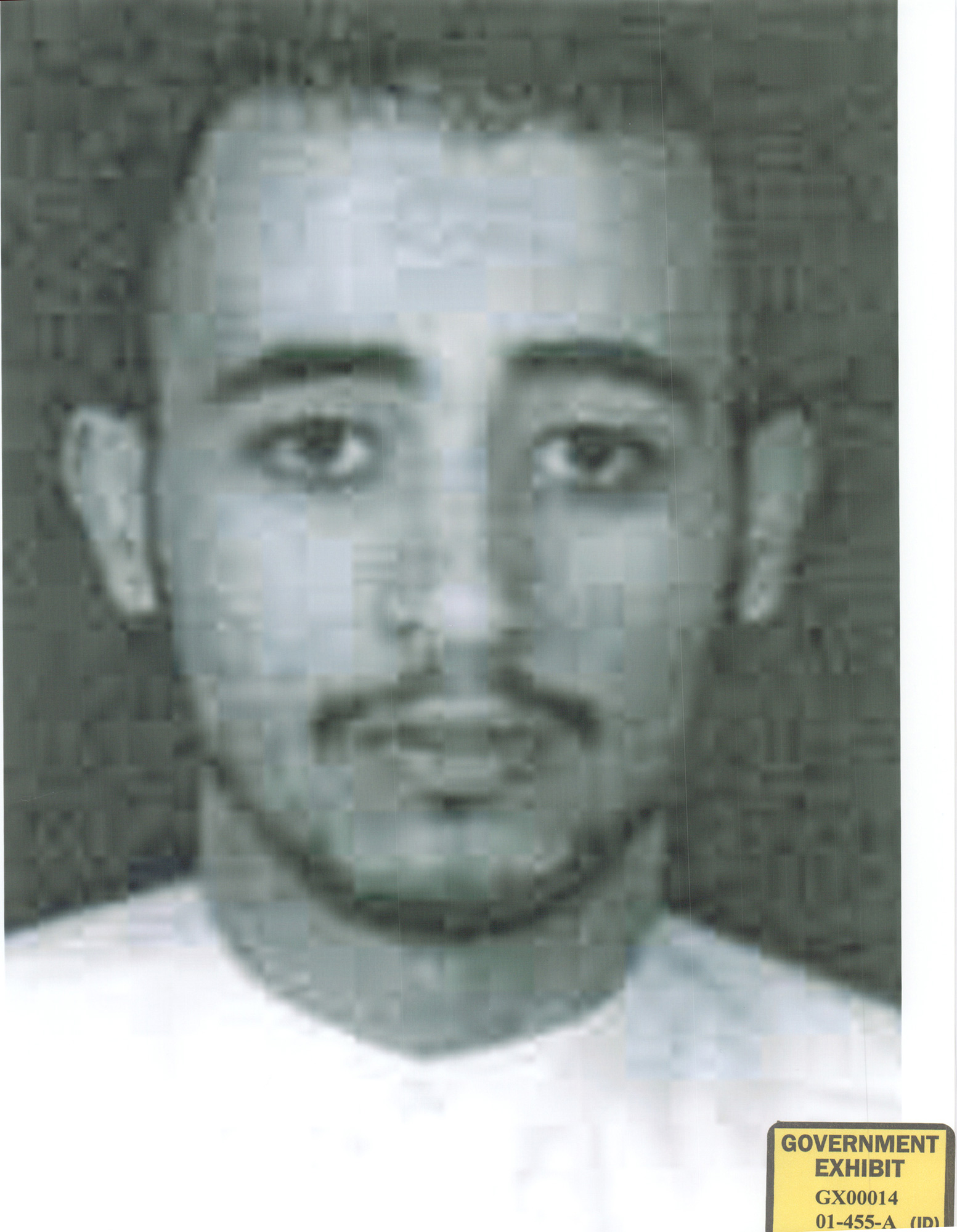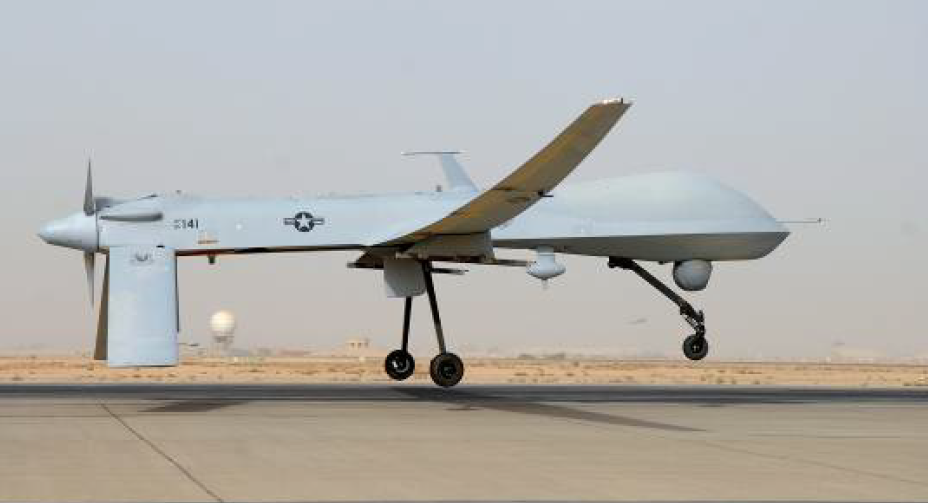
The Taliban issue a press statement saying that an unknown aircraft was seen over Kandahar. CIA-operated Predator drones had started flights over Afghanistan on September 7, flying from an airfield in Uzbekistan.
The satellite-equipped, bulbous-nosed RQ-1 Predator (an enhanced version of the CIA’s Gnat-750) was a newer innovation that allowed the drone to fly beyond the line of sight of ground stations controlling the drones. A year after the satellite-version was introduced, the drone made its first combat debut in hostile airspace, flying near-daily reconnaissance missions over former Yugoslavia (Serbia and Kosovo), then flying from an airfield in Albania.
In December 1998, the CIA first proposed a covert action to use an armed Predator to assassinate Osama bin Laden. Director George Tenet thought the program too risky to be approved on his authority alone and he brought it before the NSC for discussion. The Council gave a go-ahead for development of the capability, but the White House decided to retain control over authorizations for any lethal strikes. Predator development continued to move forward. Flights over Afghanistan are only occasional in September 2000 as the testing program to fire a Hellfire missile from the drone moves forward under Air Force aegis in Nevada. Despite the conclusion that the Predator spotted bin Laden in its first flights (see September 28), the 12-flight covert action is terminated before the end of the year. Predators would not return to the skies of Afghanistan until after 9/11.
